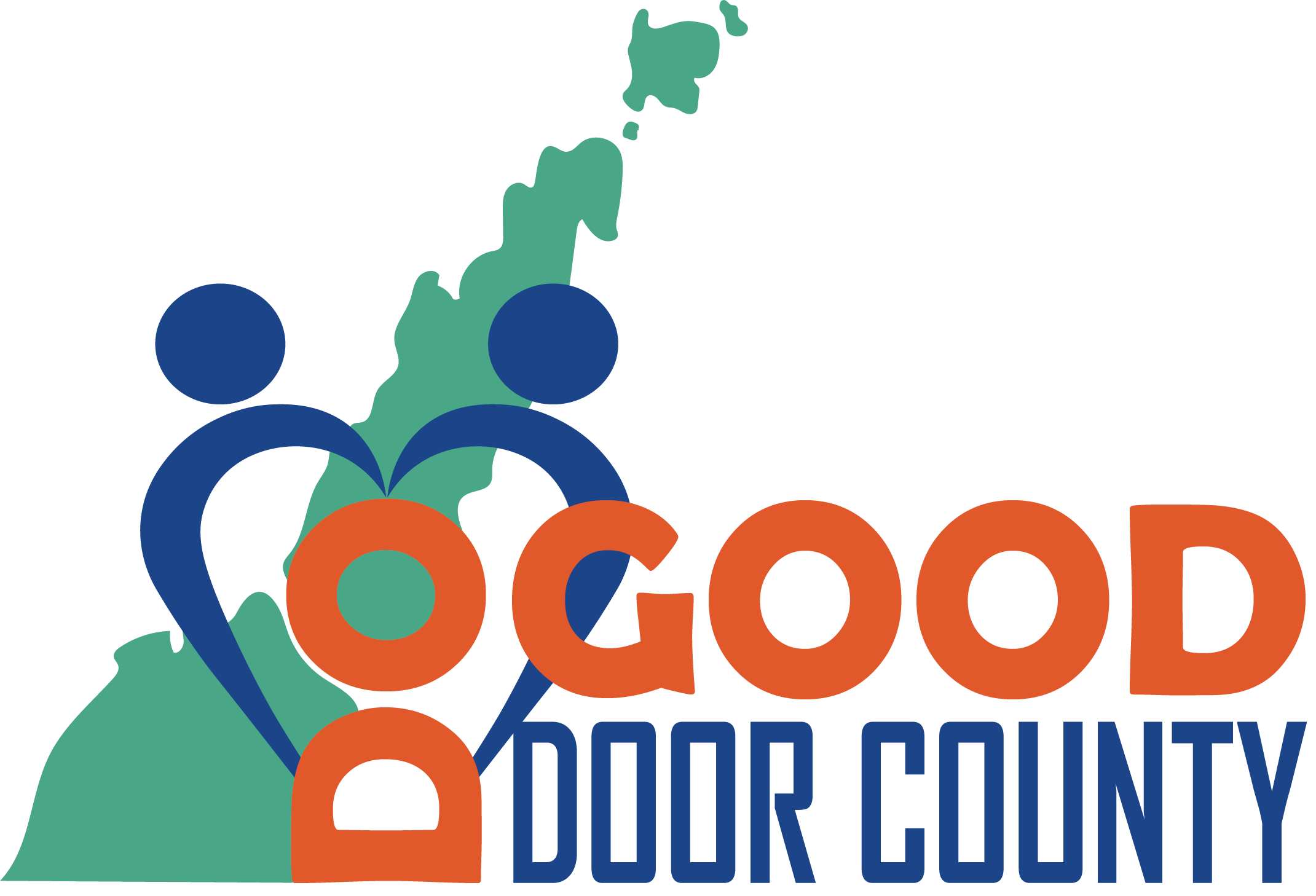Accidental falls can be common among older adults and often result in injuries that impact their overall health and independence. Let’s look at what to do when you’ve fallen, including how to self-assess, techniques to get up safely, when to seek medical help, and additional resources.
After a fall, it’s essential to assess yourself for any injuries and determine if you can get up safely. Follow these steps to perform a self-assessment:
- Stay calm: Take a few deep breaths and try to remain calm. Panicking can make the situation worse.
- Check for injuries: Assess your body for any signs of pain, swelling, or visible injuries. Pay attention to your head, neck, back, hips, and limbs.
- Move slowly: Before attempting to get up, try to move your body gently to see if you experience any pain or discomfort.
- Take your time: Don’t rush the process. Evaluate your physical condition before proceeding to the next step.
If you feel confident in getting up without further assistance, follow these techniques to ensure a safe and steady rise:
- Roll over: If possible, roll onto your side and rest for a few moments to regain your composure.
- Crawl to a sturdy object: Look for a stable piece of furniture, such as a chair or bed, that you can use for support.
- Position yourself: Place your hands on the sturdy object and, with your stronger leg positioned in front, prepare to push yourself up.
- Push up: Engage your leg muscles and use the support to lift yourself into a sitting position. Pause to stabilize yourself before standing.
- Stand up slowly: Straighten your legs gradually, keeping your center of gravity low and using your leg muscles for support.
- Regain balance: Take a moment to ensure you feel steady before attempting to walk. If necessary, use a walker or other assistive device.

While some falls may not result in significant injuries, it’s important to be aware of when medical attention is necessary. Seek medical help if you experience severe pain or cannot bear weight on a limb, hit your head or experience dizziness, confusion, or loss of consciousness, feel short of breath or have chest pain.
Taking proactive steps to prevent falls is crucial. Ensure your living environment is free from tripping hazards, use handrails and grab bars, wear appropriate footwear, and consider exercises that improve balance and strength. If you have a medical condition or take medication that could affect your balance, keep a phone within reach or consider using a medical alert system or wearable device that can notify emergency services.
Here’s some additional resources:
Mayo Clinic – Falls in older adults: https://www.mayoclinic.org/healthy-lifestyle/healthy-aging/in-depth/fall-prevention/art-20047358
National Institute on Aging – Prevent Falls and Fractures: https://www.nia.nih.gov/health/prevent-falls-and-fractures
Centers for Disease Control and Prevention – Preventing Falls: https://www.cdc.gov/steadi/index.html
Knowing what to do when you’ve fallen is crucial for older adults to maintain their independence and minimize the risk of serious injuries. By performing a self-assessment, using safe techniques to get up, and knowing when to seek medical help, older individuals can take appropriate actions following a fall. Prevention is key,so take proactive measures to reduce the risk of falling in the first place. Stay informed, be prepared, and prioritize your well-being.

